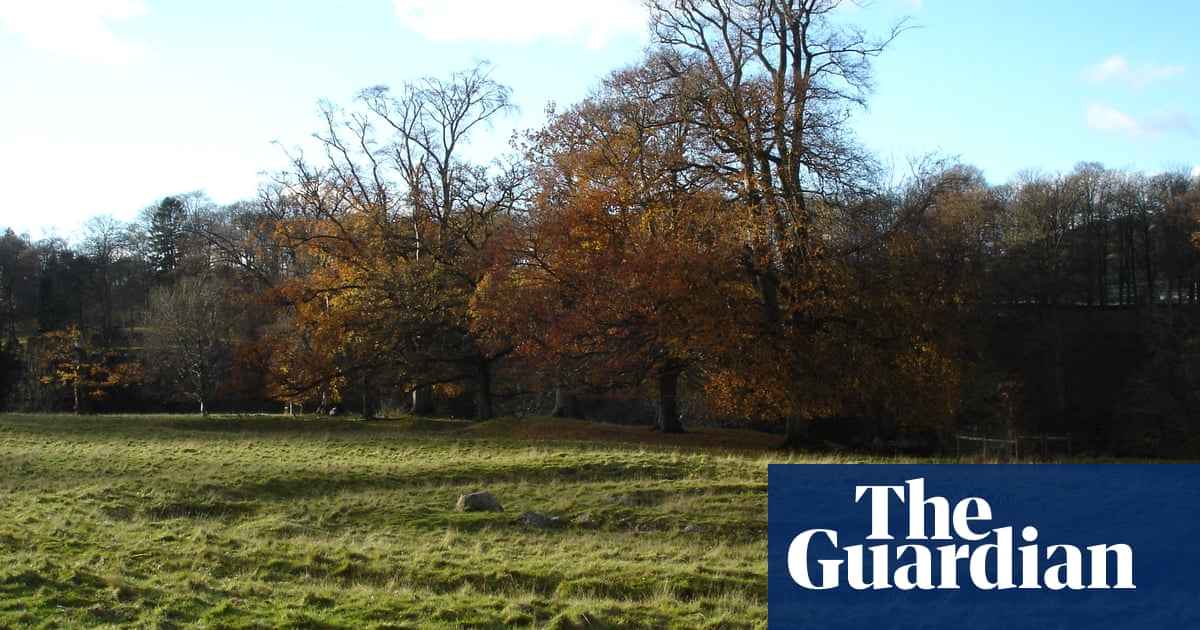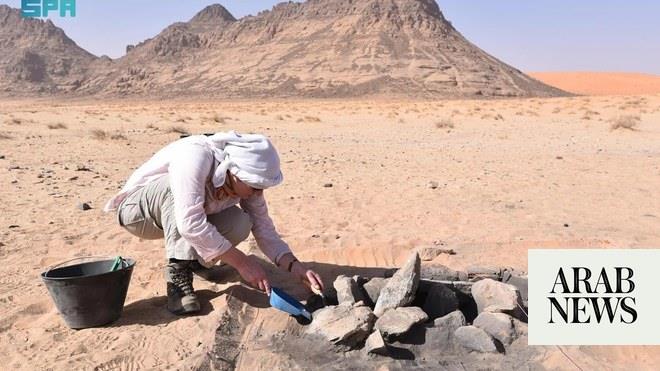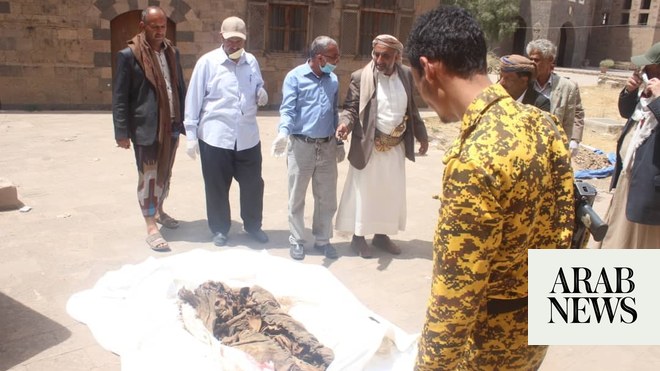
Prince Sultan said that an international team of archaeologists, including Saudi experts, found traces of footprints of several adult prehistoric people scattered on the land and in an old lake.
Researchers say the discovery shows that hunter-gatherers had reached the area 85,000 years ago.
JEDDAH: Human footprints dating back 85,000 years have been found in the province of Tabuk in northwestern Saudi Arabia. The traces of the footprints were discovered on the bank of an ancient lake in the desert of Al-Nafud.
Prince Sultan bin Salman, president of the Saudi Commission for Tourism and National Heritage (SCTH), announced the landmark discovery while visiting the “Roads of Arabia — Saudi Archaeological Masterpieces through the Ages” exhibition at the National Museum in Tokyo, Japan.
Prince Sultan said that an international team of archaeologists, including Saudi experts, found traces of footprints of several adult prehistoric people scattered on the land and in an old lake. The people may have been fishing in the lake for food, he said, adding that the findings would be studied in great detail.
Prince Sultan said that the team of researchers led by Michael Petraglia, of the Department of Human Evolution at the Max Planck Institute in Germany, presented this small piece of bone as the oldest remains of Homo sapiens discovered outside Africa and the Levant.
“This bone gives essential indications to understand the exodus of our ancestors from Africa,” he said.
Prince Sultan said that the project was part of the “Green Arabia: The Palaeodeserts Project,” a Saudi-British undertaking for survey and excavation to implement environmental and archaeological studies of historical sites in the Kingdom.
The objective is to study the likelihood of expansion or extinction of humans and animals and their adaptation to living conditions.
The project has led to many other significant discoveries of animals and mammal fossils in Saudi deserts, including of a giant 300,000-year-old elephant tusk from the Nafud Desert, suggesting a greener, wetter Arabian desert in the past. An elephant’s carpal bone, located five meters from the tusk, was also discovered in the same sand layer at the excavation site.
The project, funded by the European Research Council, the SCTH and the Max Planck Society, examines environmental change in the Arabian Desert over the past million years. A multidisciplinary team of researchers is studying the effect of environmental change on early humans and animals that settled or passed through the desert and how their responses determined whether they survived or died out.
Last month, a fossil finger bone unearthed in Saudi Arabia’s Nafud Desert pointed to what scientists are calling a new understanding of how the human species came out of Africa en route to the rest of world.
A joint scientific team discovered the first sample of ancient human remains in the northwest of Saudi Arabia. The research team included the Saudi Geological Survey, the SCTH, King Saud University, the Max Planck Foundation for Human History, Oxford University, Cambridge University, the Australia National University and the University of New South Wales in Australia.
Researchers say the discovery shows that hunter-gatherers had reached the area 85,000 years ago. Previously discovered human fossils show an earlier human presence in Israel and possibly China.
The bone, from an adult and most likely a middle finger, was found in 2016 about 550 kilometers southeast of the Sinai Peninsula. Michael Petraglia, of the Max Planck Institute for the Science of Human History in Jena, Germany, said that the ancient people probably left Africa through the peninsula.












